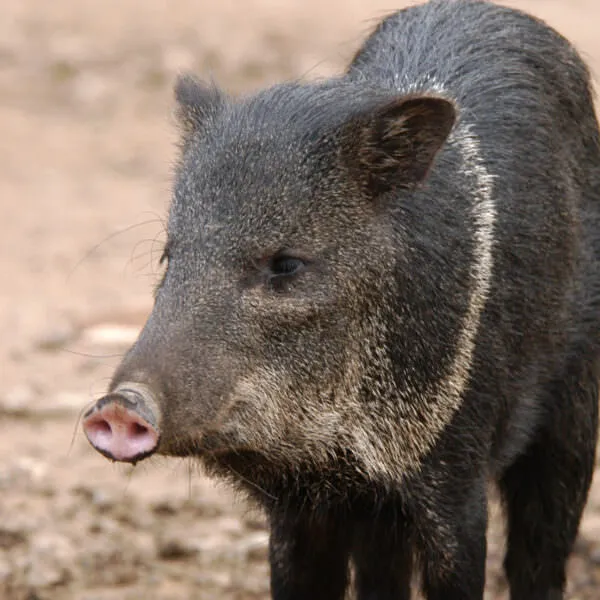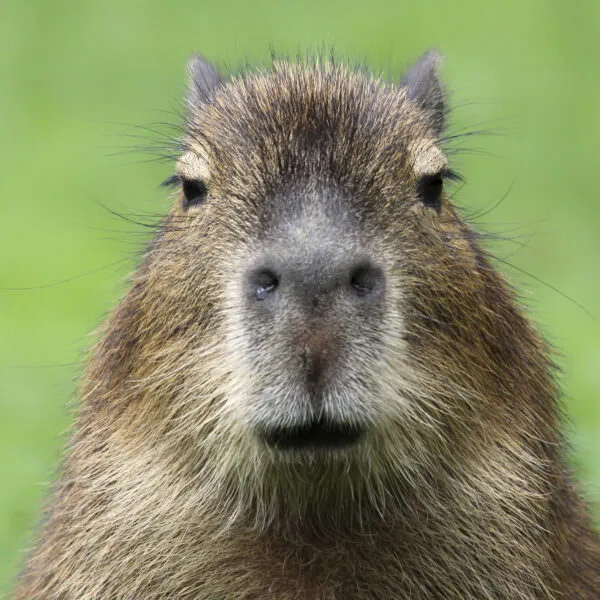Anatomy
The spectacled bear’s real name is the Andean bear. It is called the spectacled bear because it has circles of cream-colored fur around its eyes, which make it look like it’s wearing glasses. This cream-colored fur can also extend down its throat and chest. Each bear has its own unique pattern of «spectacle» markings. The rest of its fur is black or dark brown. They have specialized claws for climbing trees. In the wild, they live for about 25 years.
We're All In
Together, we're building a future where people and nature thrive. Sign up today and join our movement...
Habitat
The spectacled bear is the only species of bear that lives in Latin America. These bears can live in the Andean deserts and up through the misty cloud forests to the mountain-top paramo grasslands. They prefer living in densely forested areas, as they are very timid and want to avoid humans. Their range extends from Panama all the way south to Argentina.
Diet
The spectacled bear’s favorite foods are fruits and bromeliads. They are known to spend days up in trees collecting fruit. Sometimes they will even build platforms out of broken branches in order to reach their desired treat! They also enjoy dining on berries, grasses, tree bark, honey, sugarcane and insects. If necessary, they will eat small animals like rodents, rabbits and birds. These bears do not hibernate, as their food sources are available all year round. The spectacled bear plays an important role in the health of its habitat—it disperses tree seeds that are too large for other animals to digest. Scientists believe that the bears are responsible for the spreading of three important types of trees in their habitat.
Threats
There are many legends about spectacled bears having mystical powers. However, these fabled mystical powers have not kept the animals from becoming endangered. People who want to prevent them from raiding their cornfields or attacking their livestock frequently kill these bears.
Sources
- Jukofsky, Diane. Encyclopedia of Rainforests. Connecticut: Oryx Press, 2002.
- The University of Michigan Museum of Zoology
- The IUCN Red List of Threatened Species



